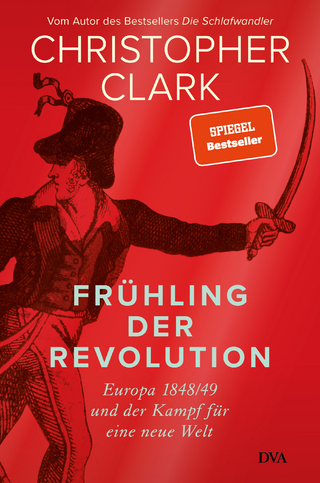
Cotton
Cambridge University Press (Verlag)
978-0-521-16670-6 (ISBN)
Today's world textile and garment trade is valued at a staggering $425 billion. We are told that under the pressure of increasing globalisation, it is India and China that are the new world manufacturing powerhouses. However, this is not a new phenomenon: until the industrial revolution, Asia manufactured great quantities of colourful printed cottons that were sold to places as far afield as Japan, West Africa and Europe. Cotton explores this earlier globalised economy and its transformation after 1750 as cotton led the way in the industrialisation of Europe. By the early nineteenth century, India, China and the Ottoman Empire switched from world producers to buyers of European cotton textiles, a position that they retained for over two hundred years. This is a fascinating and insightful story which ranges from Asian and European technologies and African slavery to cotton plantations in the Americas and consumer desires across the globe.
Giorgio Riello is Professor of Global History at the University of Warwick and a member of Warwick's Global History and Culture Centre. He is the author of A Foot in the Past (2006) and has co-edited several books including The Spinning World (2009), How India Clothed the World (2009) and Global Design History (2011). In 2009 he received the Newcomen Prize in Business History, and in 2010 he was awarded the Philip Leverhulme Prize.
1. Introduction: cotton textiles and global history; Part I. The First Cotton Revolution – A Centrifugal System, c.1000–1500: 2. Selling to the world: India and the old cotton system; 3. 'Wool growing on wild trees' – the global reach of cotton; 4. The world's best – cotton manufacturing and the advantage of India; Part II. Learning and Connecting – Making Cottons Global, c.1500–1750: 5. The Indian apprenticeship – Europeans trading in Indian cottons; 6. New consuming habits – how cotton entered European houses and wardrobes; 7. From Asia to America – cottons in the Atlantic world; 8. Learning and substituting – printing textiles in Europe; Part III. The Second Cotton Revolution – A Centripetal System, c.1750–2000: 9. Cotton, slavery and plantations in the New World; 10. Competing with India – cotton and European industrialisation; 11. 'The wolf in sheep's clothing' – the potential of cotton; 12. Global outcomes – the West and the new cotton system; 13. Conclusion – from system to system, from divergence to convergence.
| Erscheint lt. Verlag | 16.4.2015 |
|---|---|
| Zusatzinfo | 12 Tables, black and white; 46 Plates, color; 10 Maps; 103 Halftones, unspecified |
| Verlagsort | Cambridge |
| Sprache | englisch |
| Maße | 175 x 246 mm |
| Gewicht | 920 g |
| Themenwelt | Geschichte ► Allgemeine Geschichte ► Neuzeit (bis 1918) |
| Geschichte ► Teilgebiete der Geschichte ► Wirtschaftsgeschichte | |
| ISBN-10 | 0-521-16670-5 / 0521166705 |
| ISBN-13 | 978-0-521-16670-6 / 9780521166706 |
| Zustand | Neuware |
| Haben Sie eine Frage zum Produkt? |
aus dem Bereich


